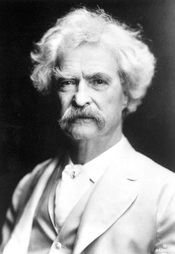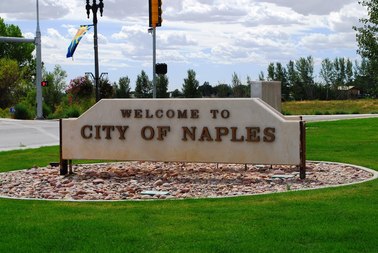Page 657
My wandering cousin Winfred Weatherly has been traveling again
Oh there, that cousin of mine, Winfred Weatherly, has once gone off, traveled, and only sent me riddles and partial notes, from which I am now supposed to decipher his travels. He likes geo-caching games and presumes that I like to solve puzzles too. Well, when there is enough time in the day, I will complete the deciphering of Winfred’s riddles, but for now let me just record his notes so that they do not get lost.
Note #1. This past June I traveled along the Pacific Coast from Long Beach, Washington to Long Beach, California. You’ll never guess this. How and why are the vegetation at these coastal sites different?
Note #2. Did you know that Arizona, Colorado, and Texas each have a town named Colorado City? Go figure, sweet, huh. Well in July when I visited each of these locations I was surprised to see how different yet similar the vegetation was at each location. Which of these photos on page 658 relates to these sites?
Note #3. You know that Samuel Clemens is one of my favorite humorist, but I did not know the actual I-am-not-dead quote was “The report of my death was an exaggeration”. I always thought the funny quote was “The reports of my death have been greatly exaggerated.” Well, if you got to Florida, Missouri (yes, there is such a town), you can learn this and much more at the state park named after his pseudonym. What I found equally fascinating is that the vegetation in the state park was not at all like the Florida swamps or Mississippi River vegetation I associate with Mark Twain’s stories. Can you figure out how they differ?
Note #4. OK, let’s get a little closer to home, but still make you do a little traveling beyond Wanship, Utah. Do you know why the natural vegetation around Naples, Utah, is not the same vegetation as you find surrounding Naples, Italy?
Oh there, that cousin of mine, Winfred Weatherly, has once gone off, traveled, and only sent me riddles and partial notes, from which I am now supposed to decipher his travels. He likes geo-caching games and presumes that I like to solve puzzles too. Well, when there is enough time in the day, I will complete the deciphering of Winfred’s riddles, but for now let me just record his notes so that they do not get lost.
Note #1. This past June I traveled along the Pacific Coast from Long Beach, Washington to Long Beach, California. You’ll never guess this. How and why are the vegetation at these coastal sites different?
Note #2. Did you know that Arizona, Colorado, and Texas each have a town named Colorado City? Go figure, sweet, huh. Well in July when I visited each of these locations I was surprised to see how different yet similar the vegetation was at each location. Which of these photos on page 658 relates to these sites?
Note #3. You know that Samuel Clemens is one of my favorite humorist, but I did not know the actual I-am-not-dead quote was “The report of my death was an exaggeration”. I always thought the funny quote was “The reports of my death have been greatly exaggerated.” Well, if you got to Florida, Missouri (yes, there is such a town), you can learn this and much more at the state park named after his pseudonym. What I found equally fascinating is that the vegetation in the state park was not at all like the Florida swamps or Mississippi River vegetation I associate with Mark Twain’s stories. Can you figure out how they differ?
Note #4. OK, let’s get a little closer to home, but still make you do a little traveling beyond Wanship, Utah. Do you know why the natural vegetation around Naples, Utah, is not the same vegetation as you find surrounding Naples, Italy?


